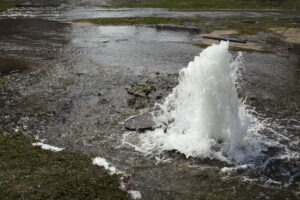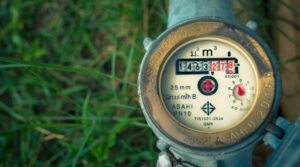The science of snow and ice
Snow and ice are integral parts of the water cycle, though their role in the UK is more limited due to its temperate climate. While Britain’s weather conditions occasionally bring significant snowfall, the contribution of snow to the overall water supply is relatively minor compared to rainfall. However, in specific regions, particularly upland areas like Scotland, snow can still play an important localised role.
How does snow form?
Snow begins high in the atmosphere as water vapor condenses into ice crystals around tiny particles of dust. These crystals grow as more water vapor freezes onto them, forming snowflakes. Once they become heavy enough, they fall to the ground as snow. In the UK, snowfall is most frequent in higher-altitude regions like the Scottish Highlands or during particularly cold spells in winter.
Snow and the water cycle in the UK
In Britain, snow typically melts relatively quickly, especially in lowland areas where milder temperatures prevail. In higher-altitude regions, snow may accumulate into snowpacks that temporarily store water, releasing it gradually during warmer periods. However, the UK predominantly relies on rainfall, not snowmelt, to sustain its water systems.
For businesses, snowmelt contributes indirectly to water resources in certain upland areas, especially in Scotland, where it can feed streams, rivers, and reservoirs.
From snowmelt to usable water
Once snowmelt begins, water journeys through natural pathways like rivers and man-made systems such as reservoirs. Though its contribution is minor compared to rainfall, snowmelt undergoes the same water management processes:
Capturing meltwater
Snowmelt feeds rivers and reservoirs, especially in upland regions, supplementing existing water sources.
Monitoring river levels
Sudden snowmelt during warming periods can cause localised rises in river levels, requiring management to prevent flooding while maintaining reserves for drier periods.
Treatment and distribution
Meltwater is treated alongside rainwater at water facilities to meet quality standards before being distributed to businesses for industrial use, such as cooling systems or manufacturing processes.
Snow’s broader implications for businesses in the UK
Water security
While rainfall is the primary source of water in the UK, snowmelt can provide a small, localised boost to water availability in upland areas during late winter or early spring. This is particularly relevant for businesses like breweries or food manufacturers that depend on consistent water supply.
Seasonal water management
Snowmelt in spring can cause temporary increases in water levels, benefiting certain sectors like horticulture and construction. However, careful planning is needed to manage these seasonal changes.
Hydropower potential
In Scotland, snowmelt contributes to hydropower generation, but its role is relatively small compared to rainfall-fed hydropower systems.
Looking ahead
As climate change affects snowfall patterns, the UK is likely to see a continued decline in overall snow coverage, though occasional heavy snowfalls may still occur. This variability highlights the need to understand snow’s localised role in the water cycle, especially for upland regions where it can still contribute to water systems. Businesses and water providers will need to adapt to these changes to maintain sustainable water supplies.










